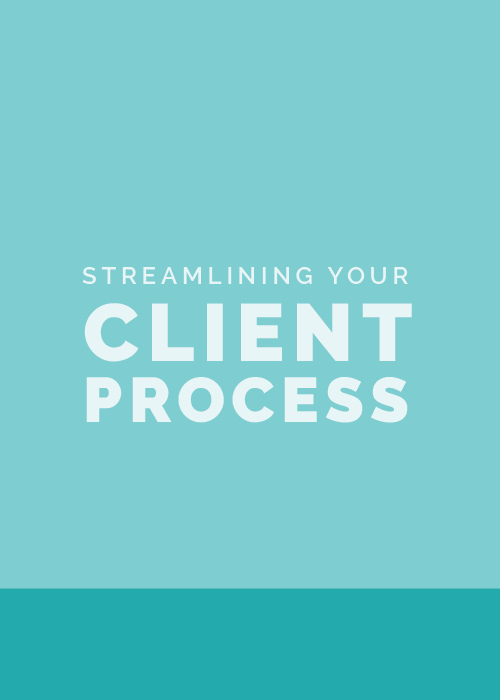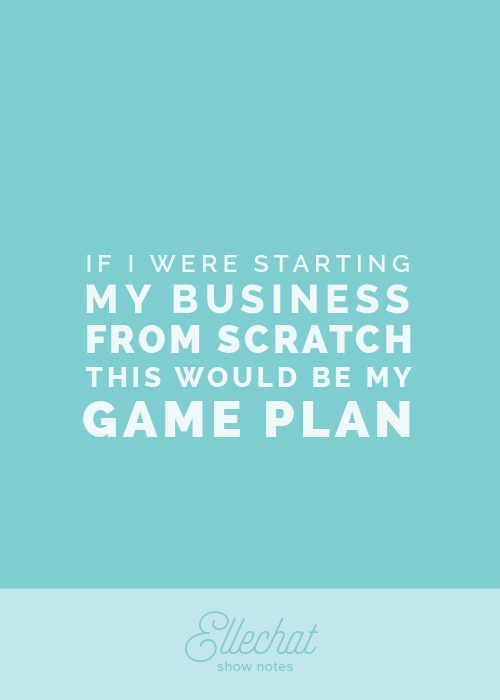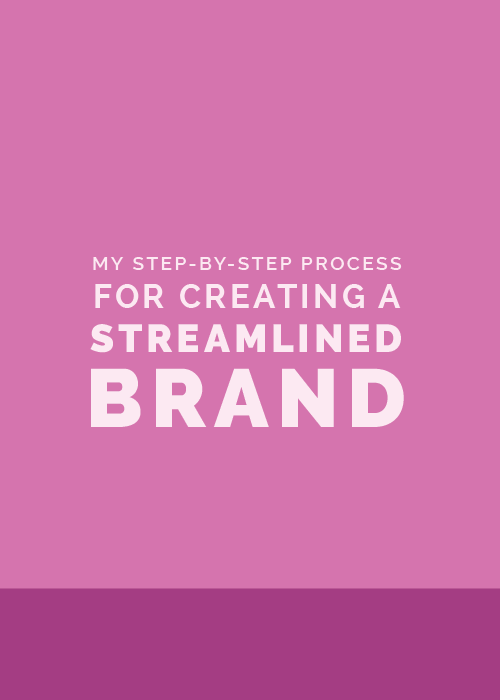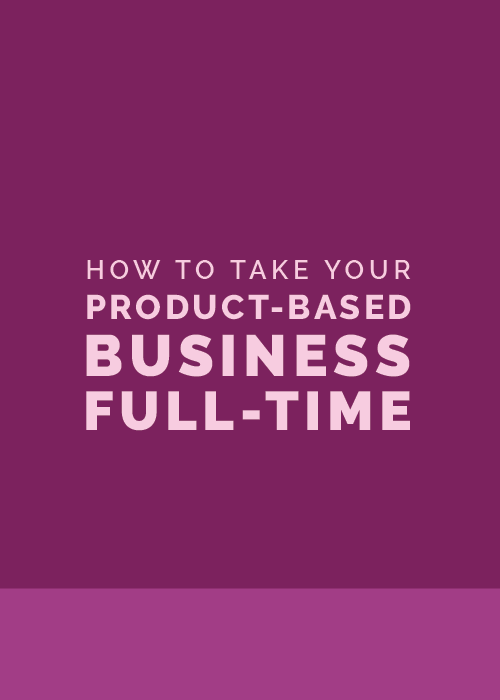What are the most difficult parts of handling client work in your business?
Booking clients in advance? Figuring out what to charge for your time? Meeting deadlines? Balancing multiple projects? Maybe all of the above?
In last week’s Ellechat we discussed streamlining your client process. A streamlined process is crucial to getting great results and having an efficient workflow. The more you follow the same process, the more you’re going to produce great work with less stress and more efficiency.
I walked Ellechat attendees through the step-by-step method I used to not only streamline my process, but figure out my prices and schedule projects in my design queue.
You can find the replay below (register with your name and email to watch it) or you can keep scrolling to see a summary of the webinar. I hope you’ll find some takeaways that help you clarify and perfect your business processes!
Each week I host a free, live, one-hour webinar for creative entrepreneurs on topics that will help them build a successful business. I call the webinars Ellechats, and they take place every Thursday at 3pm EST. Register for an upcoming Ellechat and catch the replays here >>
1 | Narrow down your offerings
Streamlining comes from following the same process over and over again.
But if you have too many choices and offerings, you’ll find it hard to nail down the steps involved in each separate process. Being disorganized and stressed out isn’t only a detriment to yourself, but your clients will probably pick up on it, too.
Less choices have several benefits like more opportunities to upsell, turn things around more quickly, create trust, and improve client satisfaction.
2 | Outline each package from start to finish in Trello
Trello is a great tool for outlining your standard processes. Not only is it free and easy to use, but it can be accessed on any device by everyone on your team.
Start by setting up a card for each task. Dump all of your initial thoughts in each card. Ensure every step is identified and every task has an owner - either you, your client or your assistant. Use the back of the card to link to resources (like Calendly, 17Hats, Quickbooks), create some canned responses, and link to Google Drive documents.
Outlining in Trello will allow you to refer back to the steps and follow the same process time and time again. It will also help you tweak your process easily and delegate tasks now or in the future. It’s a great way to continuously improve your processes.
3 | Do everything that can be done ahead of time
Tasks that can be handled ahead of time and quickly are easy wins for your business.
Not only will they save you time and energy in the midst of client work, but they’ll also create trust with your clients because they’ll help you be on your game.
A few easy tasks to knock out ahead of time:
- Write emails/set up canned responses
- Come up with a system for invoices
- Set up an electronic contract
- Create a welcome guide
- Create master copies for client homework
- Create Adobe Illustrator templates for inspiration boards, mockups, etc.
4 | Over-estimate how much time each step is going to take you
Let’s go back to those Trello cards.
Go back through each and every step in your process and assign it a time.
How long does it take you to send an email? Do you assign one hour to each client phone call? How long does it really take you to create a design board?
It’s important to know how long it takes you, your client or your assistant to complete each task. Account for that time and write it down in the card description or title.
I have a tendency to underestimate how much time each task will take me, which leads to stress and late nights. If you’re like me, tack on more time to each task just to be on the safeside. (Better to overestimate and meet your deadlines than underestimate and get off track!)
Once you know your baseline -- how many tasks you can complete in one work day, what tasks are easily done -- you can play the game of “beating the clock” and find the areas that could be completed more efficiently.
5 | Add up the time to figure out how much you need to be charging
Time is money. Use your above time studies and multiply the total amount of time by your hourly rate. You may be surprised that you are not paying yourself as much as you think.
And don’t forget about taxes! I set aside 35 - 40% for taxes, so I need to take that into account when setting package prices.
6 | Block off time in your calendar for each step
Streamlining your processes will also improve your scheduling.
How many times have you felt the stress of juggling multiple clients and timelines? How many nights have you stayed up too late to meet a deadline? Know your process and how long each task takes so you can schedule your clients appropriately.
Writing out how long each step of the process takes you will help you understand how many clients you can take on at once.
I think we all have a tendency to overbook and over commit, but no one wins that way -- you or your client. Understand your business limits and capabilities so you can set expectations, book out in advance, and rest knowing you can meet those dates because you know your processes well.
Questions answered in the webinar:
Did you ever have a client who stopped responded you or did something which causes passing your 2-week deadline for brand and website design? If yes, how did you handle it?
What if client wants to work with you ASAP and you're available let's say 3 months from now? Do you pass on this client to another designer or have rush fee?
What are some of the main topics you like to cover in onboarding? Do you onboard in document form or through email? How do you make the client special during onboarding?
What affordable CRM would you recommend?
As creatives, we’re creatives great at honing in our talents and trades but often find we are not as proficient in running a business. We don’t always know how to draw in clients, handle difficult client emails, or know when to say, “no” or “not yet.”
Understanding your client process will allow you take the driver’s seat. Knowing your business capabilities and communicating them with your clients creates a business that is known and trusted.
How do you follow a streamlined process? What tools do you use to keep your business tasks running smoothly?




































